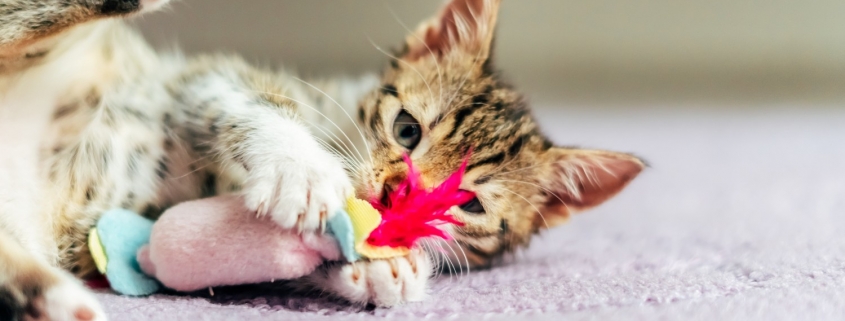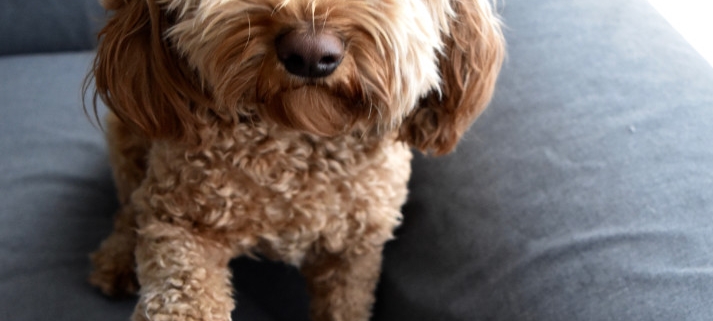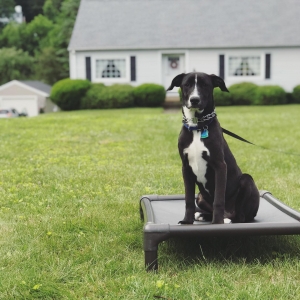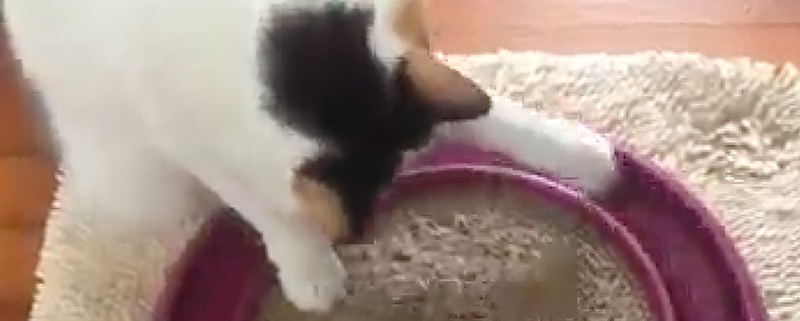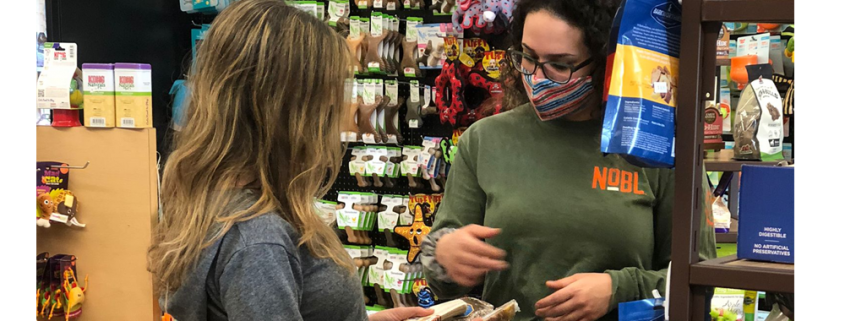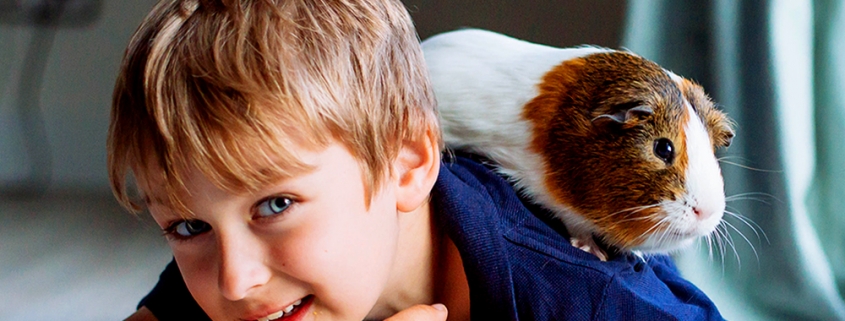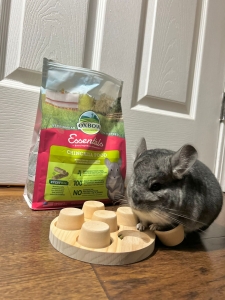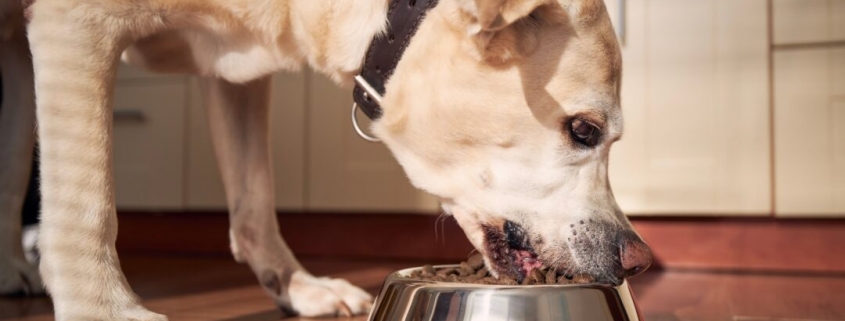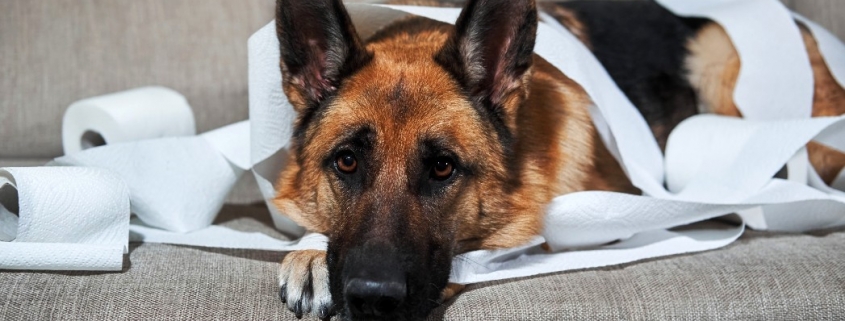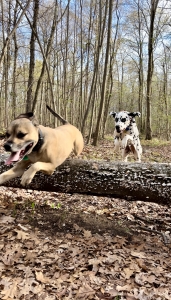5 Ways to Engage your Cat with a Busy Schedule
Understanding the natural rhythm of a cat’s activities is key to promoting their overall health and well-being. Cats have evolved to follow a cycle centered around “the hunt,” which influences their metabolism, hunger, digestion, grooming, and sleep patterns. In this blog, we delve into the importance of this instinctual behavior and how it impacts your cat’s physical and mental health, as well as explore practical ways to incorporate the hunt into their daily routine, even for busy cat owners.
Cats have evolved to keep a rhythm of activities that keep their metabolism in check. This sequence affects every part of their daily metabolic processes, ranging from their hunger and digestion to their grooming and sleep cycles. Let’s take a look at how this rhythm impacts their daily health.
The Importance of ‘The Hunt’
Think about how a lioness lives in the wild: She sleeps during the midday hours. When she’s not sleeping, she spends most of her time hunting her next meal; roaming her territory in search of prey, then stalks, pounces, and catches it. After she eats, she grooms herself and goes back to sleep. And while you may not have a wild lioness sleeping in your home, your feline’s entire physiology is still optimized to run this cycle centered around the hunt.
How does this affect my cat?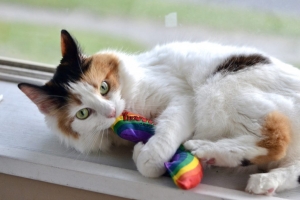
Unlike a lioness, household cats do not have to hunt several times a day and often have access to food 24/7. It’s no wonder then, why roughly 60% of cats in the U.S. are obese1. While diet and nutrition play an integral role in that statistic, daily activity levels (or lack thereof) also contribute to this epidemic. Here’s why:
- Exercise from play time (the hunt) increases the metabolic rate. Without adequate exercise, the body doesn’t burn as much energy as it consumes, resulting in excess fat. Extra weight of course puts strain on the joints, leading to decreased mobility and even less exercise.
- Lack of positive interaction/activity can lead to destructive and unwanted behaviors. Just like humans, a cat’s mental health can benefit from regular exercise and socialization. Cats who are generally mischievous or destructive, disinterested, unsocial, grouchy, or fearful can benefit greatly from play sessions.
- Exercising the mind and body can reduce stress for your cat as much as it does for you. We can all benefit from stress relief! Not to mention that interactive play is a wonderful, effective way to bond with your cat.
How can I apply this to my cats when I work all day?
There are several ways that you can improve your cat’s mental and physical health – even when you work a 9 to 5! Here are some easy changes you can make, even with a busy schedule:
- Stop free-feeding (leaving food out all day). A cat’s digestive system and the entire metabolic process are triggered at the sight and smell of food. Leaving food out all day means your cat’s digestive system is constantly in production mode, which can lead to numerous health issues including obesity, diabetes and IBD.
- Increase meal frequency. Cats thrive on frequent small meals each day instead of one or two large meals. Feed as soon as you wake, when you get home from work, and again right before bed. This does not mean to feed more food, but rather to divide your feeding measurement into more, smaller meals. This closely mimics their meals if they were hunting. Doing so will ease digestion and speed metabolism.
- Have a short play session before mealtime. Engage your cat in a 2-minute game with a laser dot or wand toy before you feed her. This activity engages her mind and taps into her instinctual behavior to hunt and kill her prey.
- Regularly engage your cat in short play sessions, especially in the evening before bed. This not only gets her some much-needed exercise to burn energy, but also benefits her mental health through interaction and socialization. This is particularly important if your cat wakes you up in the middle of the night or at the crack of dawn. A tired kitty will want to sleep later!
An Important Best Practice
Always give your cat a treat after playtime. If we’re thinking of a play session as “the hunt”, then it’s important to allow your cat to catch and eat what it was hunting. Otherwise, why bother hunting at all, right? Find some treats that your cat goes bananas for, and after a few minutes of chasing the red dot, give verbal praise and offer the treat This is exceptionally important for your cat’s mental health, as hunting repetitively without a successful kill can be very discouraging.
REFERENCE:
https://petobesityprevention.org/2018

